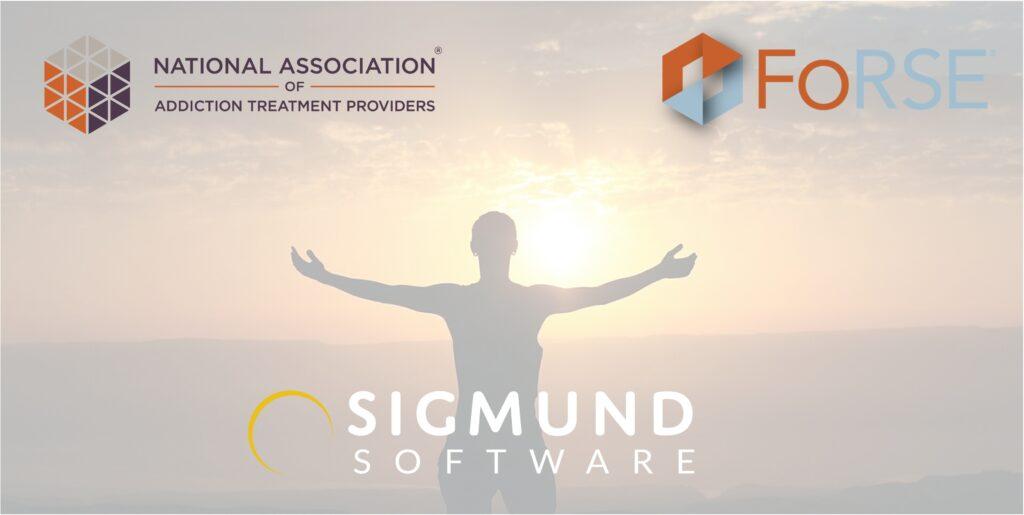The National Association of Addiction Treatment Providers’ (NAATP’s) research arm continues to take a lead role in strengthening a culture of outcome measurement across the substance use treatment field. Its latest annual summary of findings from participating treatment centers, incorporating data from 136 residential and outpatient facilities, offers important detail about patients, their experiences of treatment and their progress toward recovery.
We recently caught up with Annie Peters, Ph.D., executive director of NAATP’s Foundation for Recovery Science and Education (FoRSE). Peters said the continued growth of the FoRSE dataset (a total of 160 providers in more than 35 states are now participating) demonstrates the treatment community’s interest in becoming more data-driven.
Ultimately, Peters said she wants the results of FoRSE’s work to be disseminated in the field’s research literature and communicated to the public. Seeing this come to fruition would go a long way toward documenting that treatment works, as well as bringing about a deeper understanding of how treatment transforms lives.
Some of the key findings of the latest annual report from the Addiction Treatment Outcomes Program include these:
- Evidence continues to grow that long-term engagement in treatment brings substantial benefit to patients. Aggregate data from FoRSE’s participating programs showed that patients who remained in treatment for at least 30 days had a 23% lower likelihood of relapse than those who didn’t reach the 30-day level.
- On the other hand, leaving treatment against medical advice (AMA) remains a challenge for providers to avoid within their patient population. AMA discharges happen about one-fifth of the time, according to the latest FoRSE data, and the groups most vulnerable to leaving treatment prematurely include young adults and individuals in outpatient levels of care.
- FoRSE participants as a whole have been able to document patient improvement during treatment on measures of depression, anxiety and recovery capital, with the latter becoming an increasingly important indicator of individuals’ long-term wellness.
As a technology partner in ForSE’s efforts, Sigmund Software has helped to enhance treatment centers’ ability to send accurate, actionable data to the outcomes program. Standardization among providers in the measurement instruments they use remains an elusive goal, field leaders say, though at least there appears to be some agreement that more consistency is worth pursuing.
“At all of the national meetings, people say we need to agree on measures,” Peters said. “Some consensus will build in the future.”
She says there also remain some gaps in facilities’ collection of patients’ demographic and treatment information, such as data that would demonstrate continuity of medication treatment for opioid use disorder.
Each treatment organization that furnishes data to FoRSE receives an individualized annual report, allowing its leaders to benchmark patients’ treatment experiences and results against those of the other FoRSE participants. FoRSE does not charge organizations for participation and membership in NAATP is not required, making this a smart strategy for any facility to pursue. The information gained can be invaluable for demonstrating your program’s impact to payers, policy-makers and your community.


